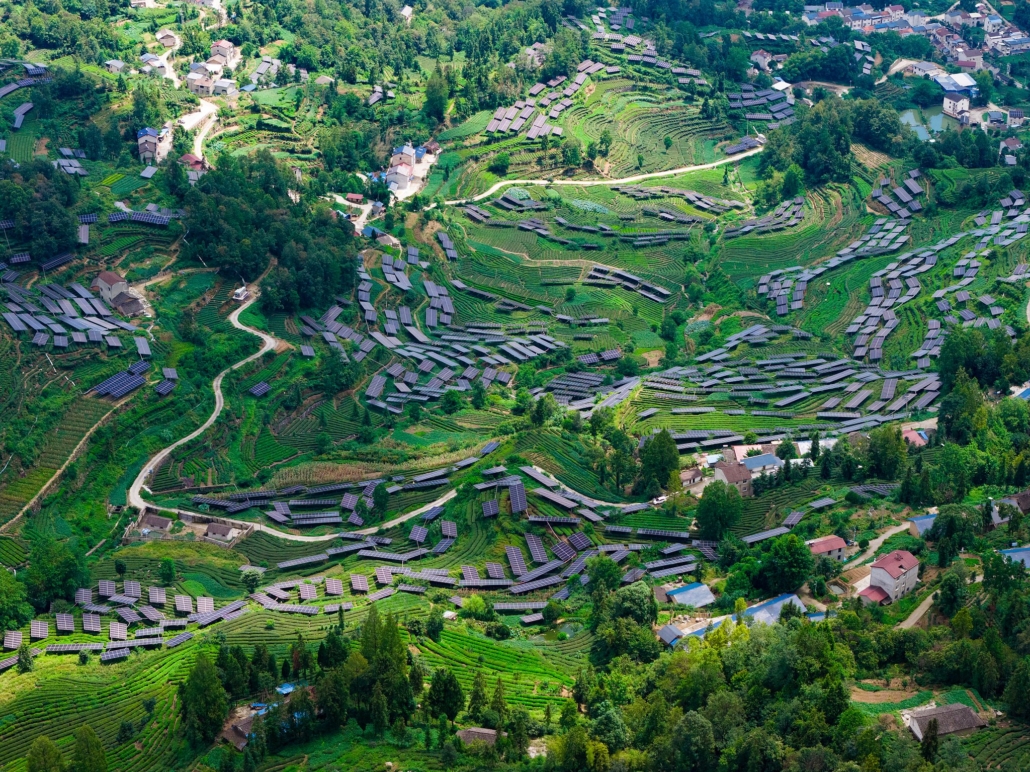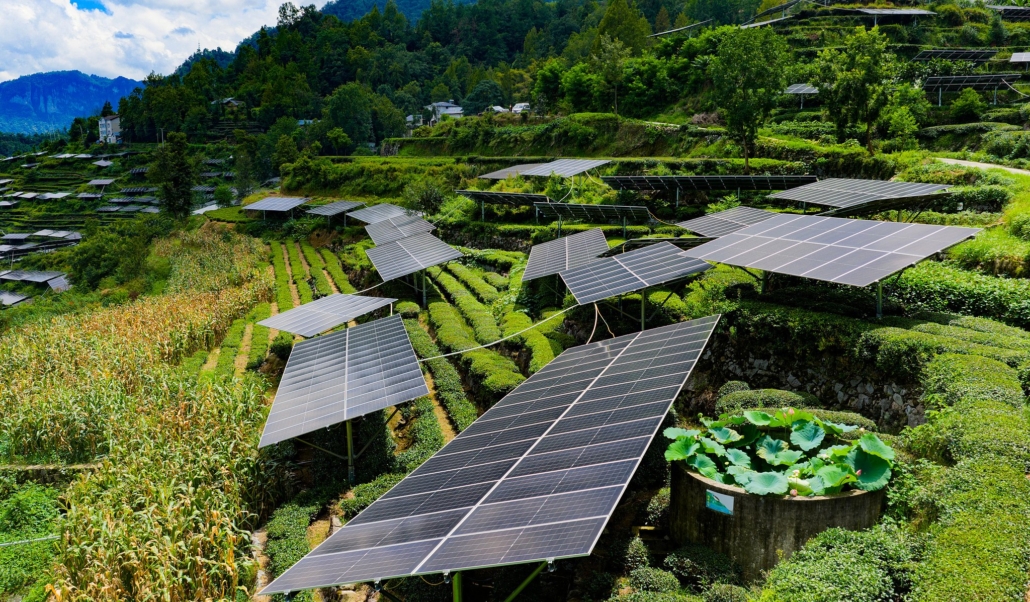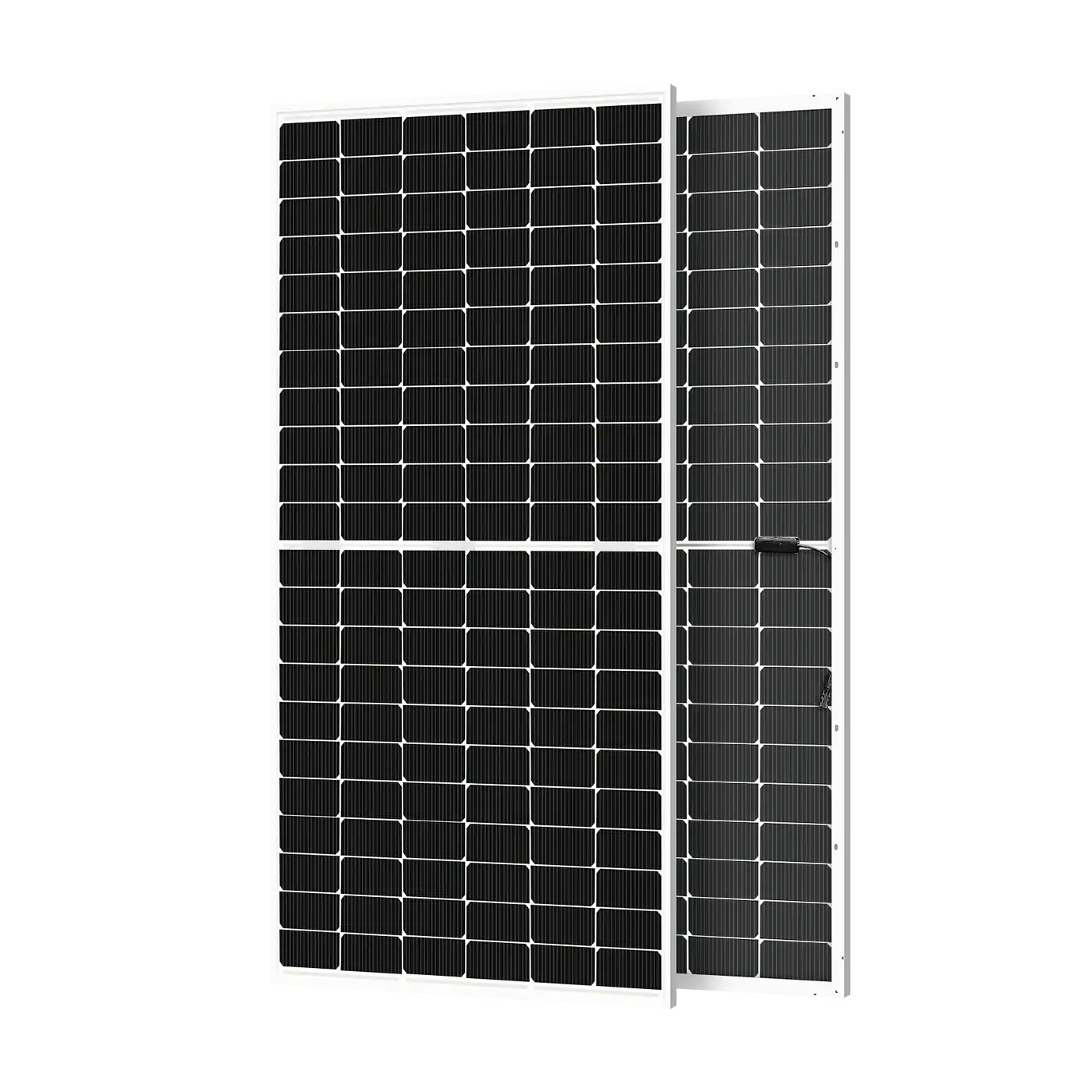



In the lush green tea gardens of Zigui County, Yichang City, in central #China‘s Hubei Province, solar panels dot the landscape, showcasing an agrivoltaics solution that integrates renewable energy with sustainable farming. #ChineSeen In recent years, Zigui County has fully utilized barren hills and slopes, low-yield tea plantations, and villagers’ rooftops to build a photovoltaic power station capable of supplying 130 million kilowatt-hours of clean electricity to the grid annually. Over its estimated 25-year lifespan, the power station is expected to generate an average of 130 million kilowatt-hours each year, equivalent to saving 41,370 tonnes of standard coal. Even more remarkable is its environmental impact: it can reduce carbon dioxide emissions by 1.08 million tonnes annually. Converting sunlight into industrial resources helps shift local energy toward clean, low-carbon development while boosting local incomes. Data from the Zigui County Development and Reform Bureau show that in 2024, the county’s photovoltaic power generation reached 272 million kilowatt-hours, and the comprehensive output value of the industry exceeded 300 million yuan (about $41.8 million).
Source: CGTA Website (2025).










